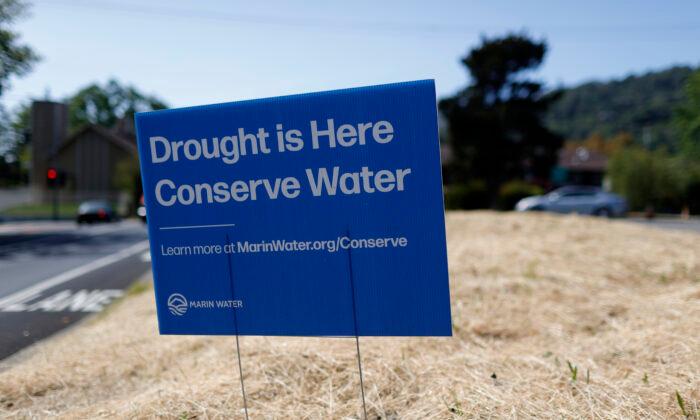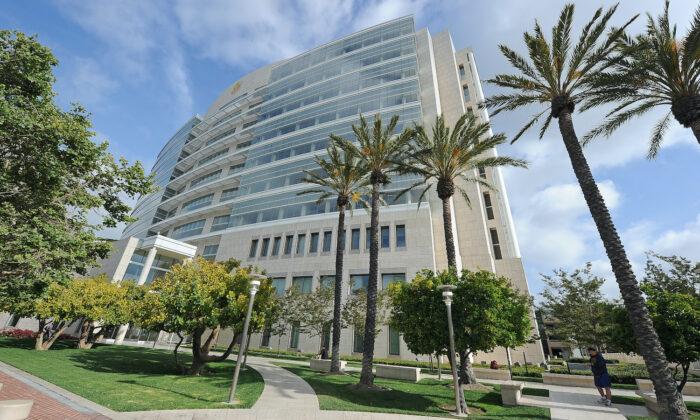LA HABRA, Calif.—An Orange County city’s councilors voted 5–0 this week for residents and businesses to cut up to 20 percent of their water usage amid three consecutive years of drought.
The council enacted what’s known as a Level 2 Water Supply Shortage under an executive order by California Gov. Gavin Newsom, which mandates water shortage contingency plans.
In other parts of Orange County, the City of Anaheim is moving forward to lessen water usage while the Fullerton City Council will discuss the issue at their June 7 meeting.
- Watering must be reduced to three days a week for no more than 15 minutes per day. Exceptions to this include hand watering or drip irrigation for plant containers, trees, shrubs, and vegetable gardens on off days.
- No water runoff is allowed.
- Water leaks or breaks must be fixed within four days.
- Irrigation is prohibited between 9 a.m. and 6 p.m. except for hand watering.
- Watering is prohibited for 48 hours after it rains.
During the hearing on the issue, Councilman Steve Simonian asked the Municipal Water District of Orange County, which supplies water to the area, “make sure our house is in order” regarding citizens who may experience frustrations if they see their sacrifices unmatched by the city’s use of water for its parks, medians, and athletic fields.
The water district and the city are offering to compensate residents three dollars per square foot for any drought-friendly landscape replacements.
Elias Saykali, the Director of Public Works, said the city would incur $900,000 in losses, due to the restrictions. Approximately $400,000, he said, will be lost in sewer revenue, the rest due to a 20 percent reduction of water sales from the city.
Even with those kinds of losses—Saykali said, provided things don’t get worse—city projects already funded would not be affected.
Some areas of Los Angeles, Riverside, and Ventura counties have been under an emergency water conservation order since the end of April.




